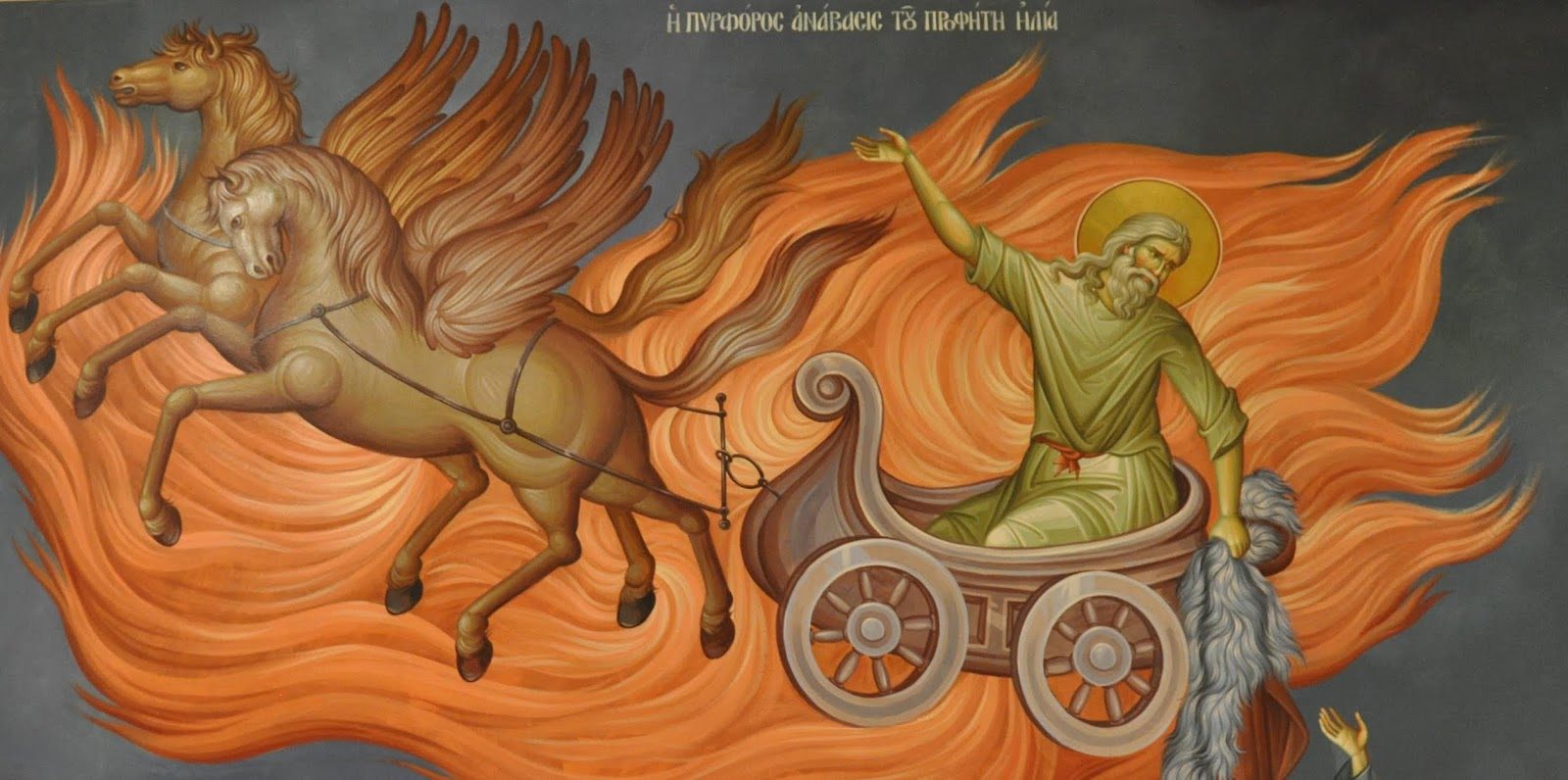 Today, July 20, we celebrate the first man on the moon, July 20, 1969. It was the Feast of St. Elijah the Prophet, who also ascended into the heavens in a fiery chariot. Who says there is not a cosmic connection!
Today, July 20, we celebrate the first man on the moon, July 20, 1969. It was the Feast of St. Elijah the Prophet, who also ascended into the heavens in a fiery chariot. Who says there is not a cosmic connection!
Category: Saints and Blesseds
Mother Maria Skobtsova of Paris
St. Macrina
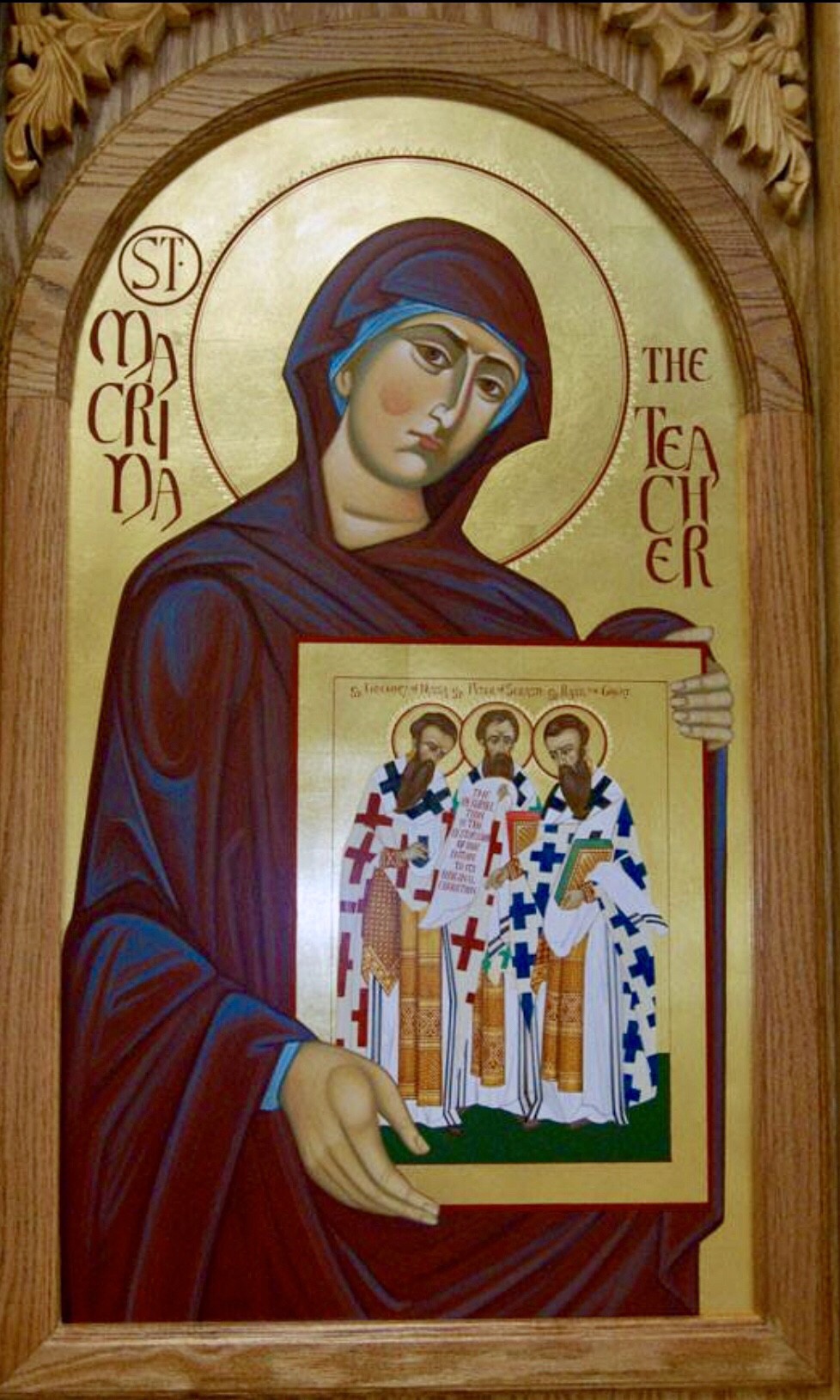 The Byzantine Church liturgically recalls Macrina (the Younger) (c. 330 — 19 July 379), a nun in the Early Christian Church. The churches, East and West, honor her witness. Her younger brother, Saint Gregory of Nyssa, composed her biography focusing heavily on her virginity and asceticism. The Church considers Macrina as a significant personage especially after Nyssa basically set the standards for what it means to be a holy Christian woman. He believed that a life of virginity reflected the “radiant purity of God.”
The Byzantine Church liturgically recalls Macrina (the Younger) (c. 330 — 19 July 379), a nun in the Early Christian Church. The churches, East and West, honor her witness. Her younger brother, Saint Gregory of Nyssa, composed her biography focusing heavily on her virginity and asceticism. The Church considers Macrina as a significant personage especially after Nyssa basically set the standards for what it means to be a holy Christian woman. He believed that a life of virginity reflected the “radiant purity of God.”
Our venerable mother was one of 9 children; several of her siblings were notables, two of whom were the Cappadocian Fathers.
The New Skete monks write of Macrina in this way:
Macrina was the older sister of the saints Basil and Gregory. After the early death of her husband, Macrina devoted herself to the education of her younger brothers. It was at this time, also, that she took up the monastic life, and it was due to her influence that her brothers learned the value of the spiritual life, and dedication to the service of the Church.
The mother of this remarkable family, St. Emelia, guided a small community of nuns on the family estate in Pontus. Macrina succeeded her mother as the head of the monastery, and in time founded other communities for women.
She spent her last days with her brother, Gregory, the bishop of Nyssa. The funeral oration he said over his sister is a moving testament to the love and esteem not only of a brother, but also one of many who were spiritually enriched by her example.
In literature, Gregory of Nyssa composed a “Dialogue on the Soul and Resurrection” (peri psyches kai anastaseos), entitled ta Makrinia (P.G. XLVI, 12 sq.), to commemorate Macrina
The Holy Vladimir
St Athanasius of Athos
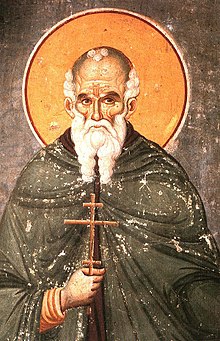 On the liturgical calendar the Church gives us a venerable father, Athanasius of Athos. His biography is interesting and useful (and a brief one follows) as it is hoped that it would assist all of us, clergy and laity alike, in following Christ more closely in the spiritual life. You may like to recall that among the many things about life in the monastery it is a more intense living of the Gospel and the tradition of the Church.
On the liturgical calendar the Church gives us a venerable father, Athanasius of Athos. His biography is interesting and useful (and a brief one follows) as it is hoped that it would assist all of us, clergy and laity alike, in following Christ more closely in the spiritual life. You may like to recall that among the many things about life in the monastery it is a more intense living of the Gospel and the tradition of the Church.
New Martyrs of Ukraine feast
Nativity of St. John the Baptist
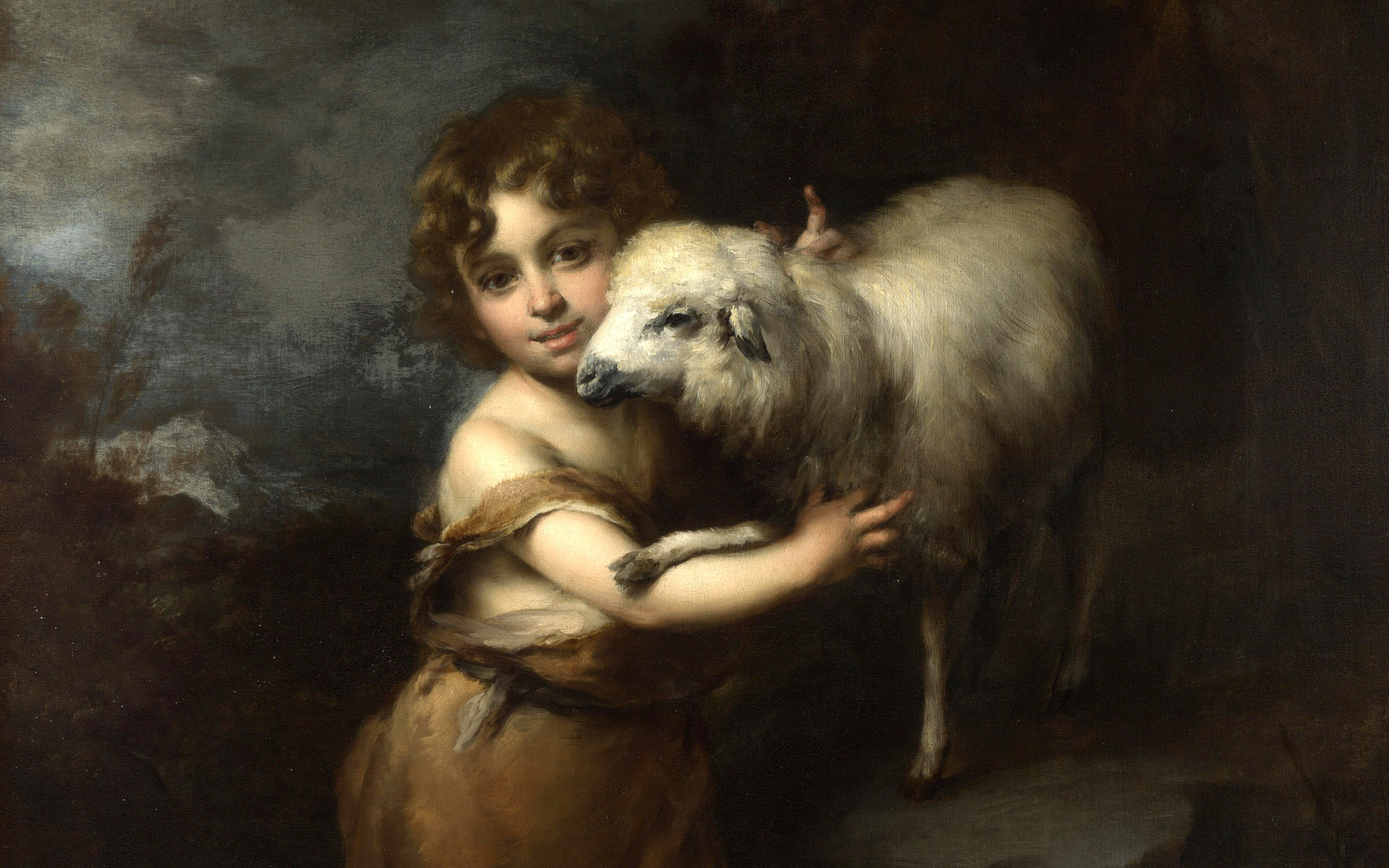 Pagan antiquity had festivals marking the winter and summer solstices. The Christian calendar absorbed these feasts, observing the birth of Christ in December on the shortest day, and that of John the Baptist in June on the longest day. From this day on, the sun slowly sinks from its zenith for six months, and begins its ascent again at Christmas. In the eyes of the Fathers, this solar rhythm is an expression of John’s words: “He must grow greater, while I grow smaller.”
Pagan antiquity had festivals marking the winter and summer solstices. The Christian calendar absorbed these feasts, observing the birth of Christ in December on the shortest day, and that of John the Baptist in June on the longest day. From this day on, the sun slowly sinks from its zenith for six months, and begins its ascent again at Christmas. In the eyes of the Fathers, this solar rhythm is an expression of John’s words: “He must grow greater, while I grow smaller.”
The Holy Apostle Jude
New Romanian martyrs
All Saints
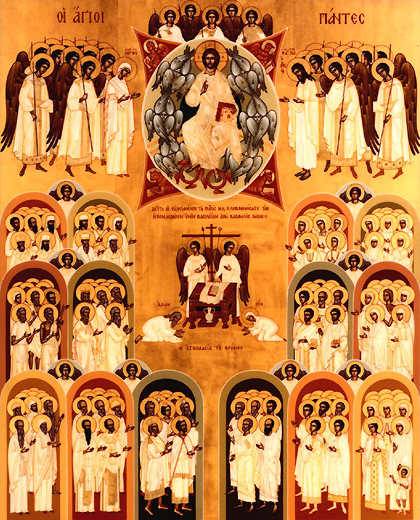 Over the last fifty-some days, we have celebrated the Paschal mystery – the central mystery of our faith, from our Lord’s crucifixion, resurrection, ascension to his sending the Holy Spirit on his followers. This Sunday, after all that has been proclaimed, we add a great “Amen!” “So be it!” This “Amen” will be great only if we make it more than just words but also actions. The Holy Spirit came upon the disciples that they might be witnesses to the Paschal mystery – our Lord’s death and resurrection, and the Greek word for “witness” is “martyr.”
Over the last fifty-some days, we have celebrated the Paschal mystery – the central mystery of our faith, from our Lord’s crucifixion, resurrection, ascension to his sending the Holy Spirit on his followers. This Sunday, after all that has been proclaimed, we add a great “Amen!” “So be it!” This “Amen” will be great only if we make it more than just words but also actions. The Holy Spirit came upon the disciples that they might be witnesses to the Paschal mystery – our Lord’s death and resurrection, and the Greek word for “witness” is “martyr.”
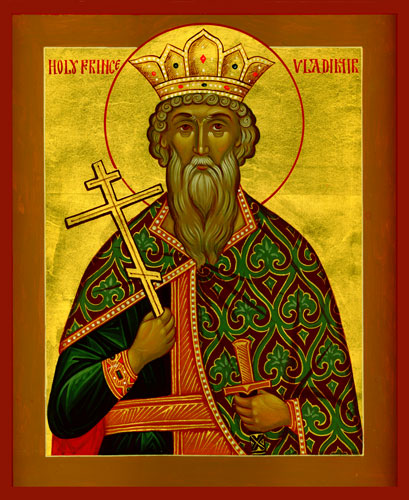 The holy Vladimir the Great, grand prince of Kiev and equal of the apostles, in baptism named Basil.
The holy Vladimir the Great, grand prince of Kiev and equal of the apostles, in baptism named Basil.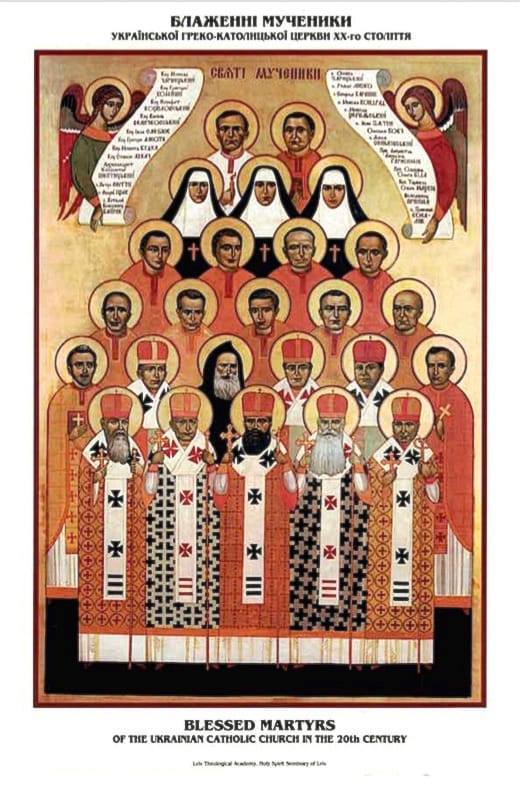 Today is the feast of the New Martyrs of Ukraine
Today is the feast of the New Martyrs of Ukraine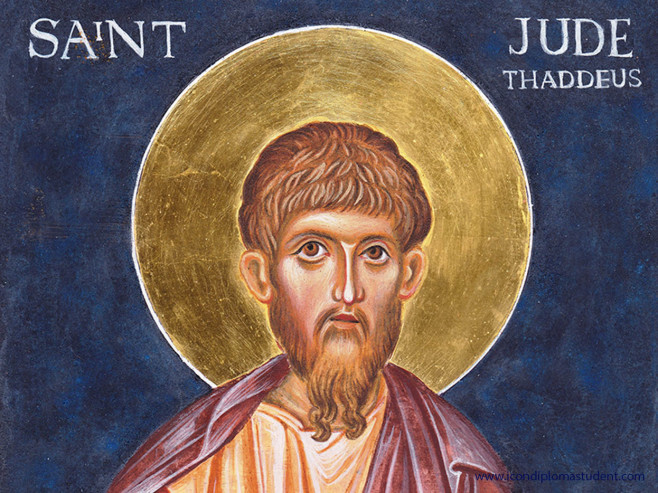 Today is the feast of The Holy Apostle Jude
Today is the feast of The Holy Apostle Jude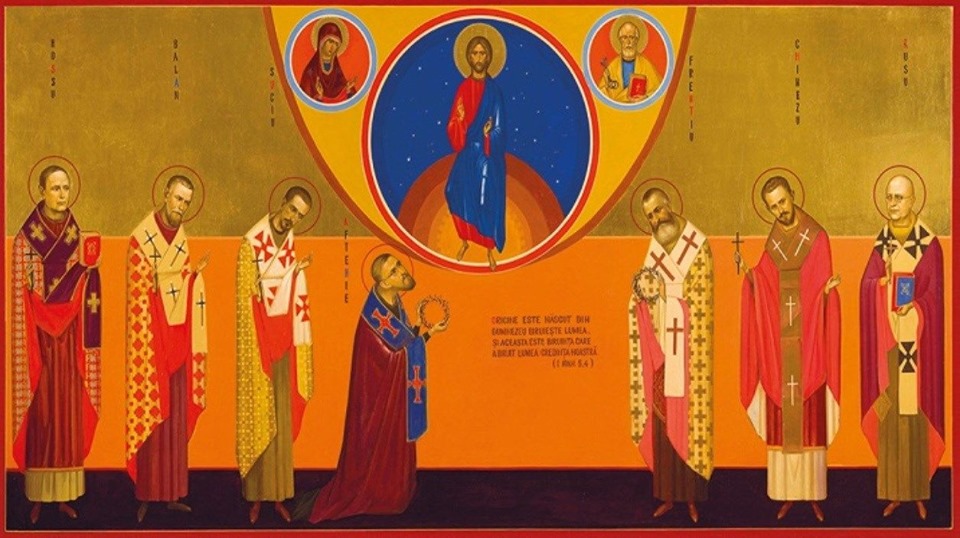 Icon of the seven newly beatified Romanian Greek-Catholic Hieromartyrs:
Icon of the seven newly beatified Romanian Greek-Catholic Hieromartyrs: